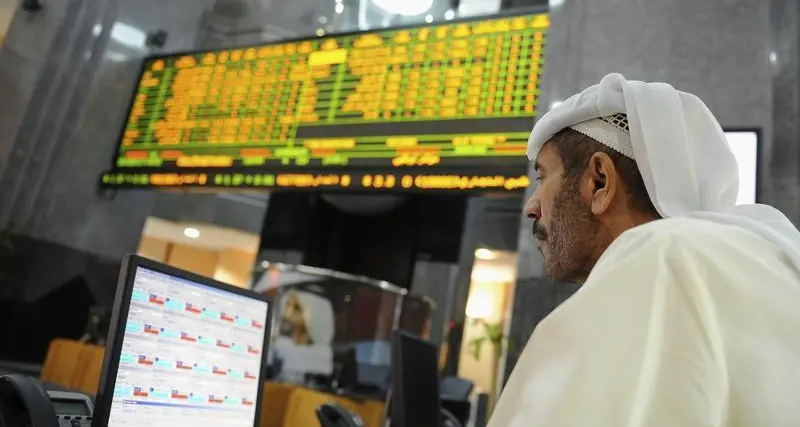PHOTO
07 March 2017
Jordan’s real GDP growth is expected to moderate in 2016 to 2.1 percent from 2.4 percent in 2015 to due to further fiscal consolidation, the impact of regional conflict, softening demand from China and the GCC for Jordan’s exports as well as lower prices for these exports.
Thereafter, real GDP growth should pick up to 2.3 percent in 2017 and 2.4 percent in 2018 as external demand for Jordan’s exports picks up.
QNB Group noted in its ‘Jordan Economic Insight 2016’ report that the country has been resilient in the face of number of major shocks and fiscal consolidation programmes with the IMF.
As external conditions improve, growth is expected to gradually pick up.
Inflation is expected to remain in deflationary territory at -1.0 percent in 2016, driven by continued lower oil prices and currency strength dampening the cost of imported goods.
However, we expect inflation to rise and stabilise at 1.9 percent in 2017 and 2018, reflecting the recovery oil prices and firming domestic demand but constrained by currency strength.
“We expect the deficit to narrow in 2016 to 3.5 percent of GDP from 4.1 percent in 2015 on both higher revenues from the implementation of new tax measures and continued expenditure rationalization.
The deficit budget is expected to be stable around 3.7 percent in 2017 and 2018 as fiscal consolidation efforts are offset by expected higher energy spending as oil prices rise.
As a result, we expect public debt to reach 94.8 percent of GDP by 2018”, QNB analysts said.
Jordan’s current account deficit is expected to widen in 2016 to 9.9 percent of GDP as declining foreign grants, exports and remittances outweigh the benefits of cheaper oil imports
The current account deficit should hit 10.0 percent of GDP in 2017 before narrowing slightly to 9.6 percent in 2018.
Jordan’s real GDP growth is expected to moderate in 2016 to 2.1 percent from 2.4 percent in 2015 to due to further fiscal consolidation, the impact of regional conflict, softening demand from China and the GCC for Jordan’s exports as well as lower prices for these exports.
Thereafter, real GDP growth should pick up to 2.3 percent in 2017 and 2.4 percent in 2018 as external demand for Jordan’s exports picks up.
QNB Group noted in its ‘Jordan Economic Insight 2016’ report that the country has been resilient in the face of number of major shocks and fiscal consolidation programmes with the IMF.
As external conditions improve, growth is expected to gradually pick up.
Inflation is expected to remain in deflationary territory at -1.0 percent in 2016, driven by continued lower oil prices and currency strength dampening the cost of imported goods.
However, we expect inflation to rise and stabilise at 1.9 percent in 2017 and 2018, reflecting the recovery oil prices and firming domestic demand but constrained by currency strength.
“We expect the deficit to narrow in 2016 to 3.5 percent of GDP from 4.1 percent in 2015 on both higher revenues from the implementation of new tax measures and continued expenditure rationalization.
The deficit budget is expected to be stable around 3.7 percent in 2017 and 2018 as fiscal consolidation efforts are offset by expected higher energy spending as oil prices rise.
As a result, we expect public debt to reach 94.8 percent of GDP by 2018”, QNB analysts said.
Jordan’s current account deficit is expected to widen in 2016 to 9.9 percent of GDP as declining foreign grants, exports and remittances outweigh the benefits of cheaper oil imports
The current account deficit should hit 10.0 percent of GDP in 2017 before narrowing slightly to 9.6 percent in 2018.
© The Peninsula 2017












